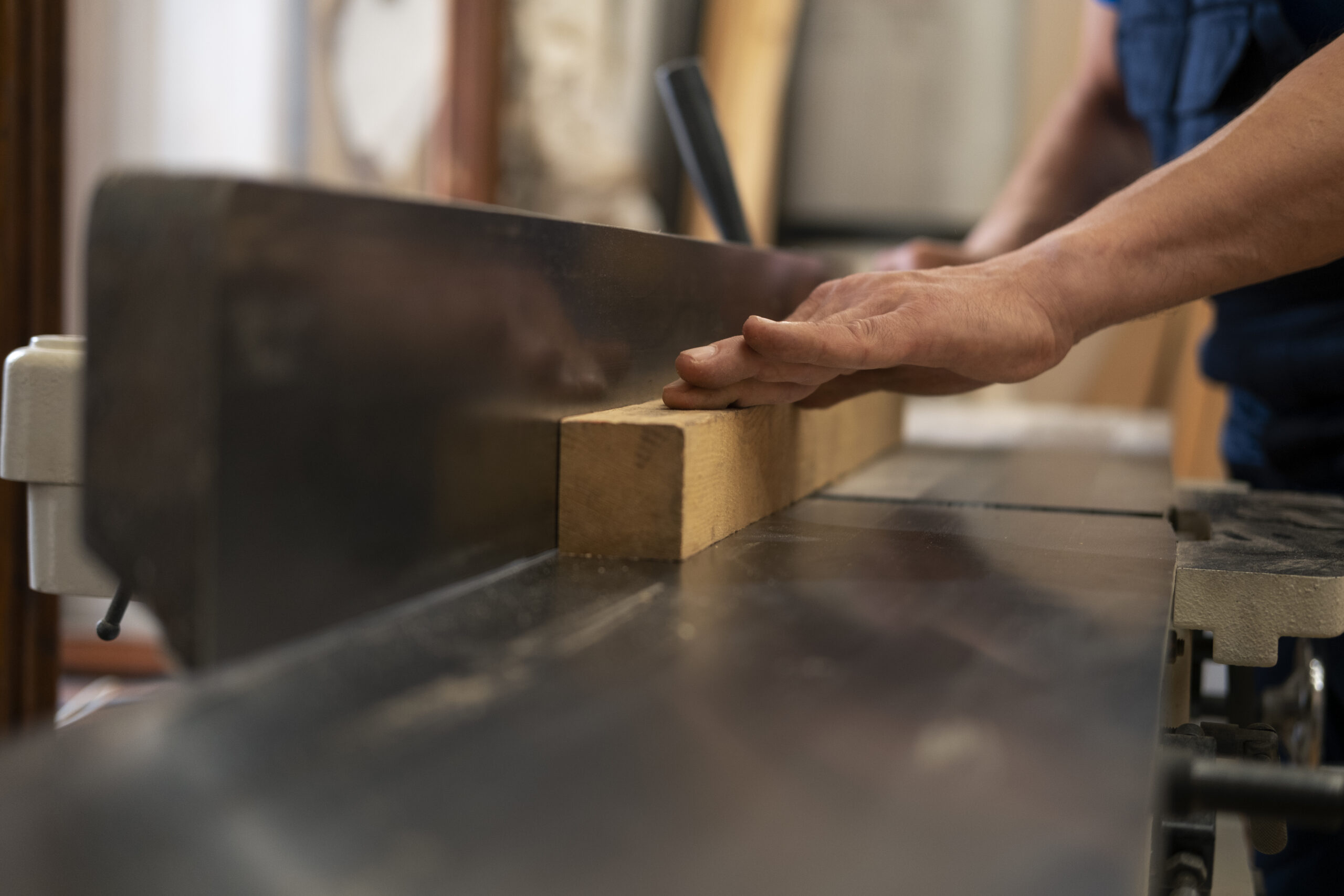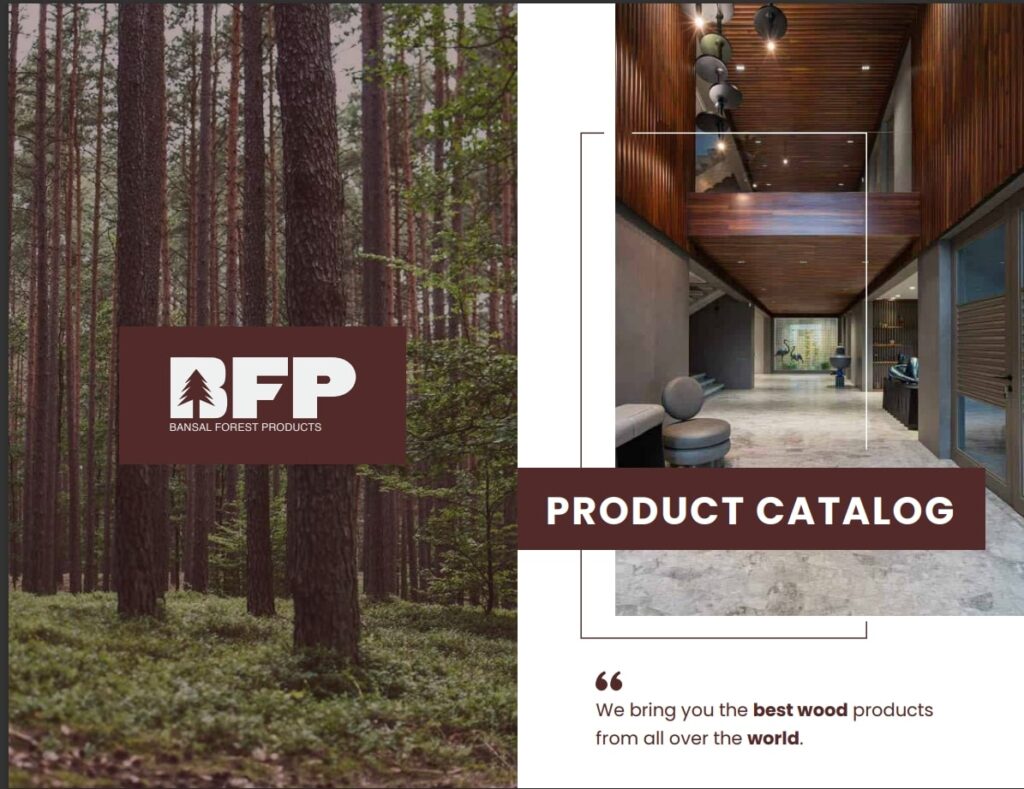The modern era of engineered wood materials have changed the way architects, designers, and developers cope with structural and aesthetic problems. Engineered wood, which is normally crafted from a variety of wood species, such as softwoods and hardwoods, offers a flexible and ecological alternative to conventional wood.
From skyscrapers to residential dwellings, inventive programs of exotic wood dealers in India keep growing, fueled by technological breakthroughs, environmental worries, and the need for architectural originality.
Let’s take a look at the numerous packages of exotic wood dealers in India, which includes their benefits, sorts, and the role of providers in India.
Understanding Engineered Wood Products
Engineered timber merchandise is made by gluing wooden strands, fibers, veneers, or timber with adhesives to shape composite substances. These materials are meant to enhance the structural traits of wood, imparting higher electricity, dimensional stability, and adaptability than raw wood. Common varieties of wooden flooring dealers are:
Plywood: Plywood is made with the aid of gluing skinny layers (plies) of wooden veneer together with adhesives using warmth and stress. Birch plywood manufacturers in India create wonderful plywood noted for its resilience and clean floor, which is first-rate for quite a few applications such as furniture, cabinets, and indoor paneling.
Laminated Veneer Lumber (LVL): It is made up of many layers of thin wooden veneers glued together with adhesives to make a robust and dimensionally stable beam or board. LVL is regularly utilized in production as beams, headers, and other load-bearing packages.
Cross-laminated timber (CLT): It is formed by stacking and gluing layers of wood boards in alternating directions to create massive structural panels. CLT is well-known for its energy, stiffness, and hearth resistance, making it suitable for partitions, floors, and roofs in both residential and commercial homes.
Glued Laminated Timber (Glulam): Layers of dimensioned lumber are secured together using structural adhesives to shape beams, columns, and arches. Glulam has both aesthetic adaptability and structural sturdiness, and it’s often utilized in exposed applications that want architectural beauty.
Advantages of Engineered Wood Products
Strength and Stability: Engineered wood products are stronger and more stable than natural wood because of their steady composition and production technique. They feature quite a few climatic conditions, lowering the threat of warping, twisting, and breaking.
Sustainability: Engineered wood products from soft wood dealers in India help to promote sustainable construction practices by making higher use of wooden sources. They are often crafted from rapid-developing softwoods or sustainably managed hardwoods, decreasing dependency on old-growth forests and inspiring woodland regeneration.
Design Flexibility: Engineered wooden merchandise’s dimensional balance and homogeneity permit architects to test new layout principles. These components can be created in lots of paperwork, sizes, and combos to shape individual mission specifications.
Lightweight construction: Despite their increased strength, engineered timber merchandise is frequently lighter than regular wood, making them less complicated to hold, deal with, and deploy at building sites.
Certain engineered wood suppliers, consisting of CLT, have brilliant fire resistance because of its mass wood structure and charring characteristics. They can provide comparable or better fire performance than conventional production substances.
Innovative Applications in Modern Construction
Engineered wood suppliers are increasingly being employed in the production of tall structures as a more sustainable alternative to metal and urban. Cross-laminated timber (CLT) panels and fixed laminated timber (Glulam) beams are used as structural components, supplying power, seismic resilience, and layout flexibility.
Prefabricated Construction: Building additives made of engineered wood allow for speedier and more efficient production operations. Modular modules, wall panels, and ground systems can be synthetic off-web pages and erected on-site, lowering construction time and labor prices.
Sustainable Housing: Engineered wood products assist in selling sustainable housing by decreasing construction carbon emissions. They store carbon dioxide within their shape and increase energy efficiency through thermal insulation.
Acoustic Solutions: When utilized as floors, wall panels, or ceiling structures, engineered wood products increase building acoustics. They can increase sound absorption and restrict noise transmission among areas, resulting in more comfortable dwelling and working conditions.
Conclusion
Engineered wood products have converted current buildings with the aid of presenting sustainable, long-lasting, and numerous answers for an extensive variety of applications. These items, which range from structural factors in high-rise structures to aesthetic finishes in interior design, retain the ability to stimulate architectural and construction innovation and creativity. As the need for ecologically pleasant creation materials rises, engineered wood products from wooden flooring dealers continue to be at the forefront, selling sustainable building practices and improving constructed environments.


